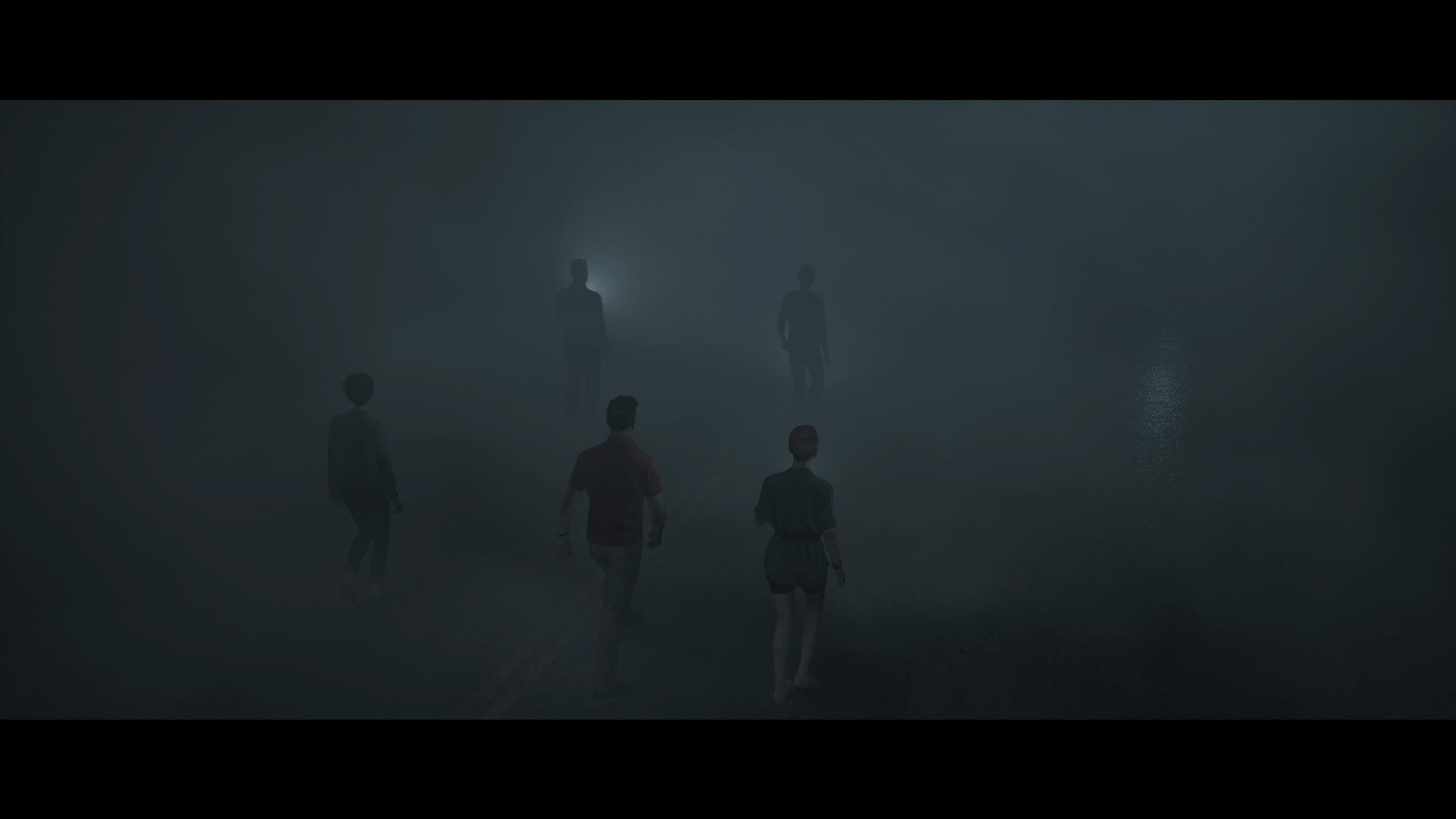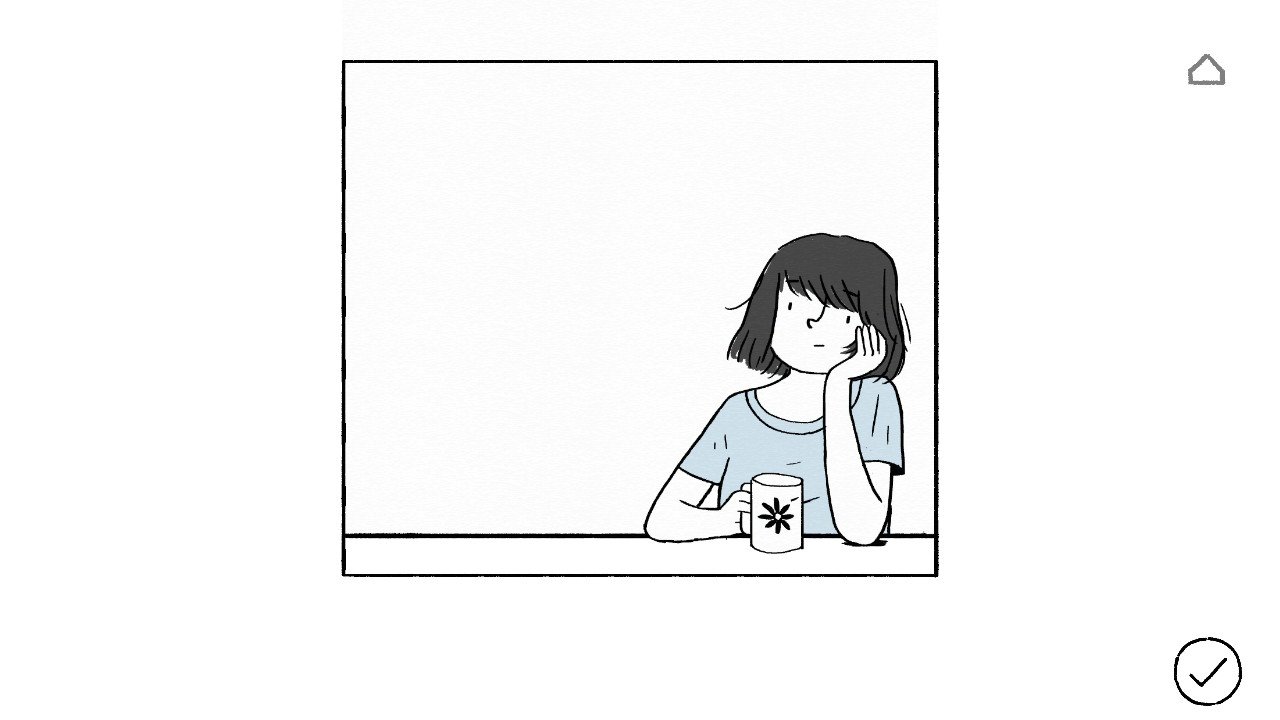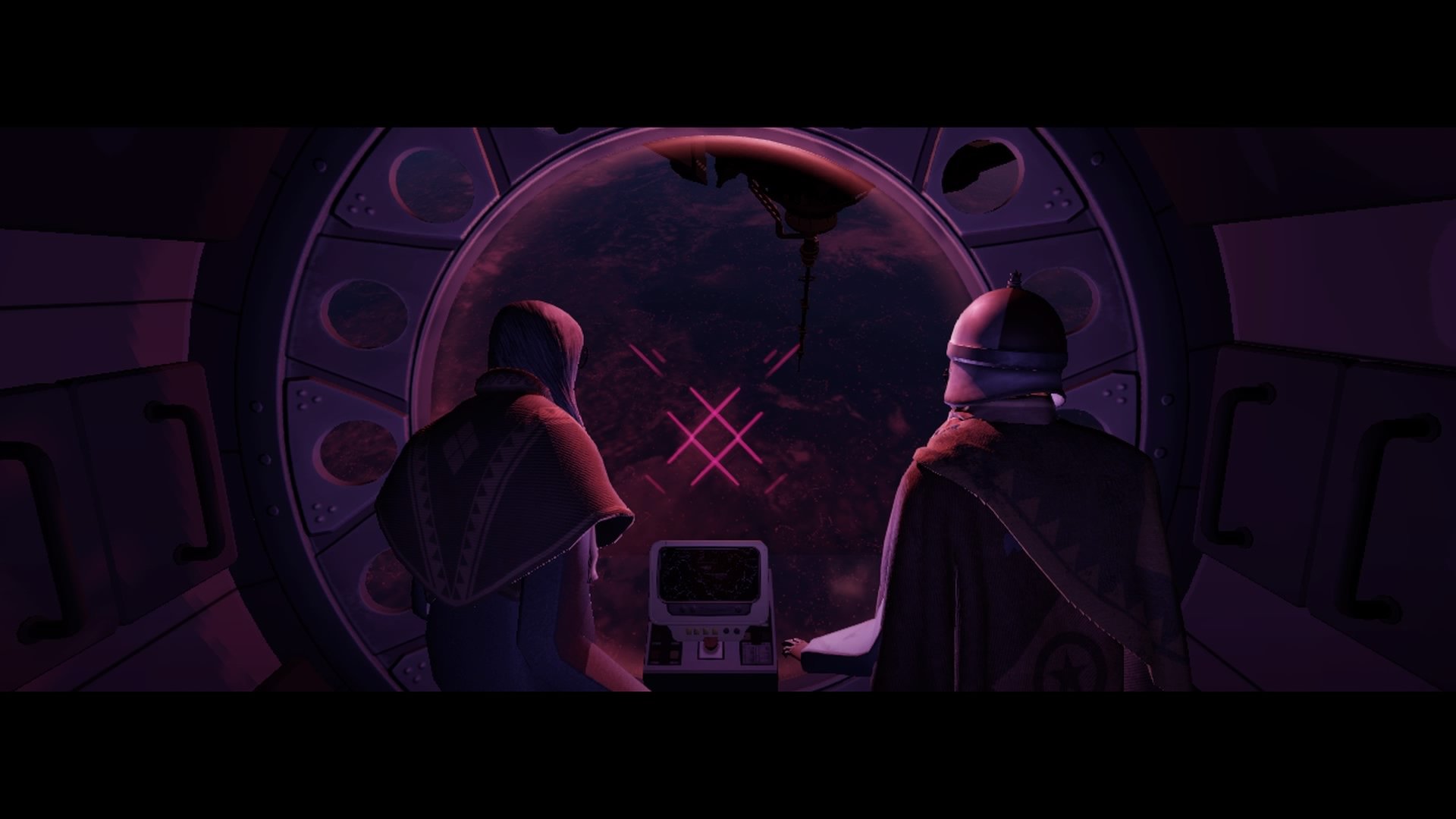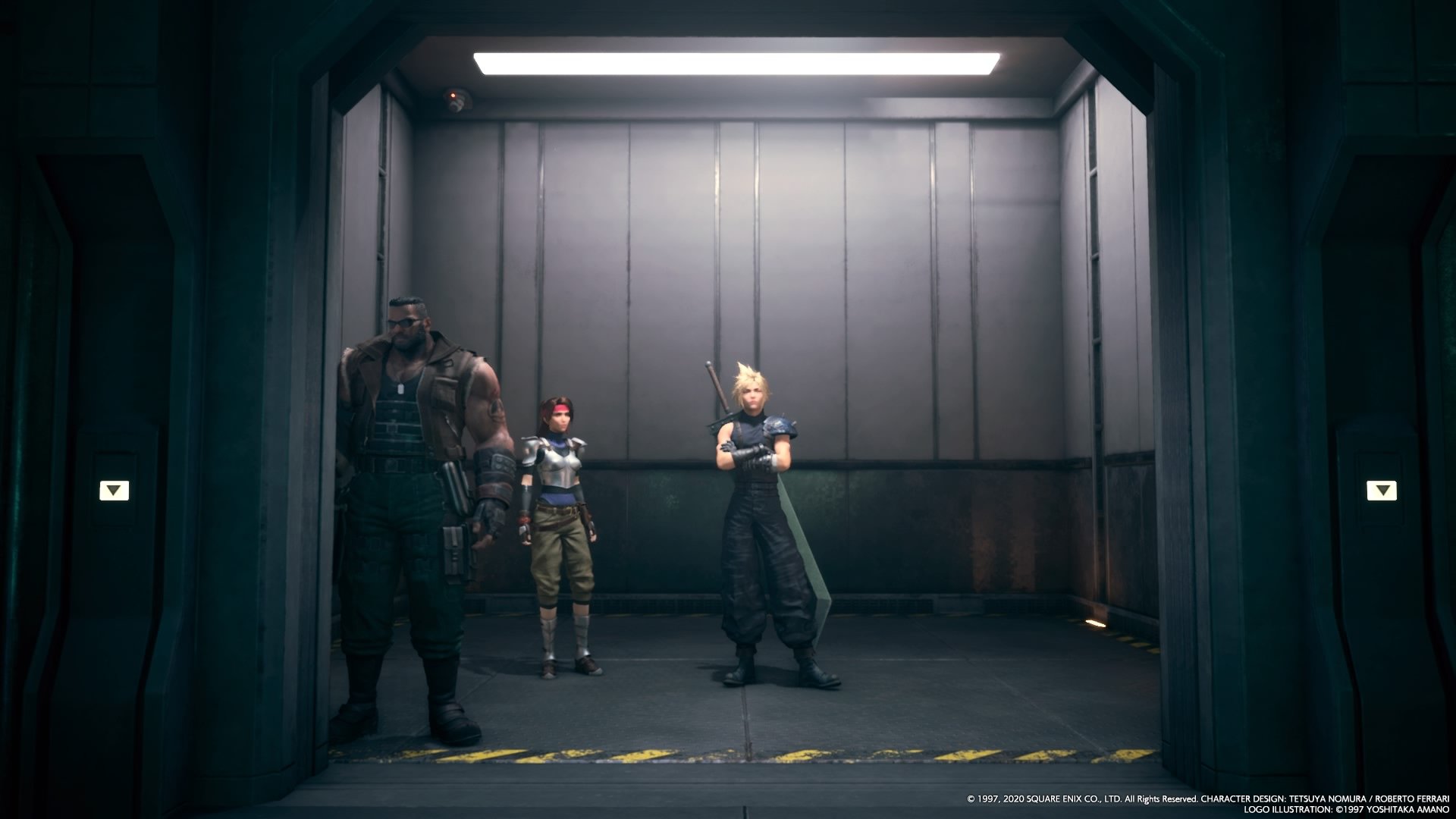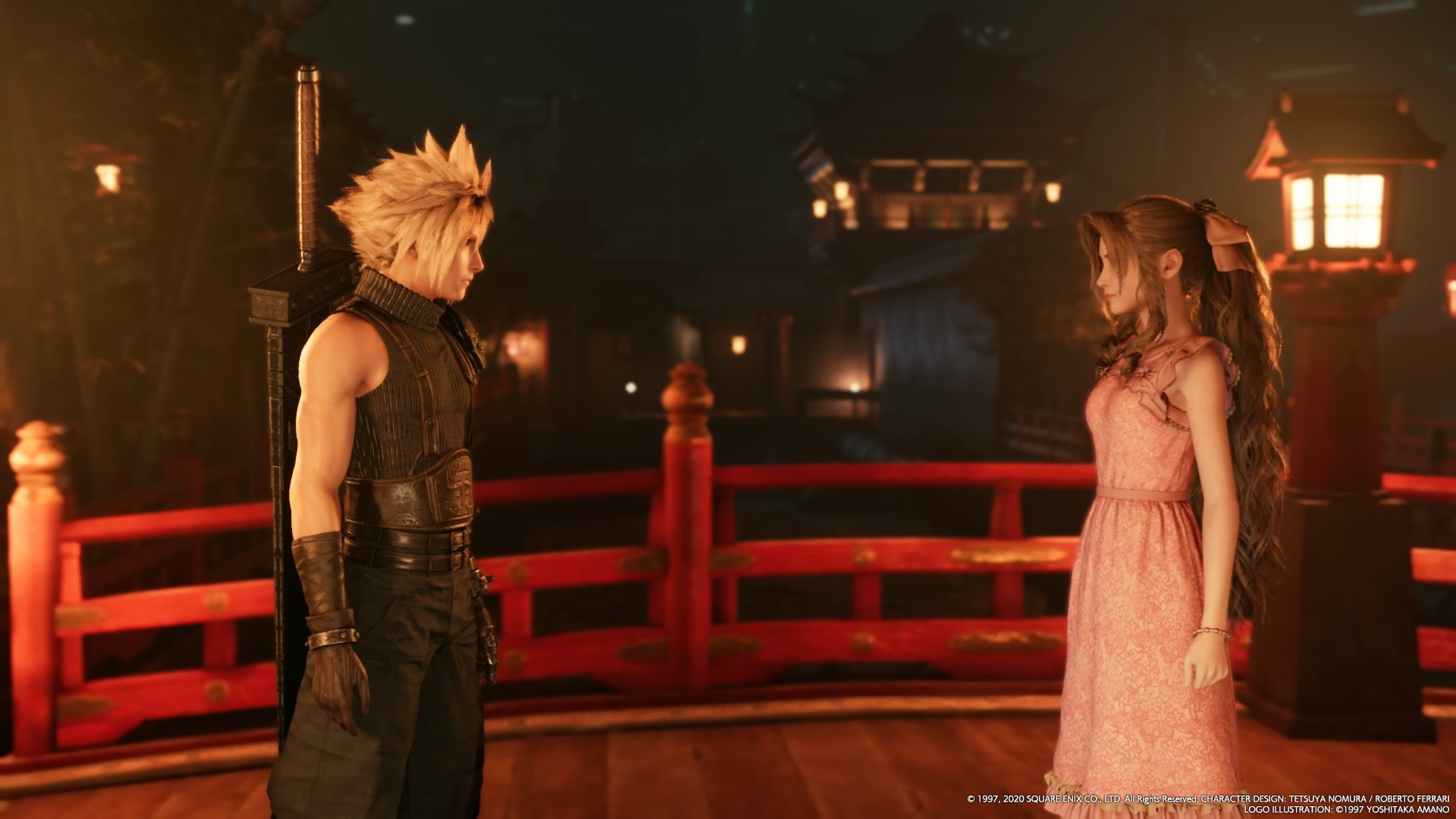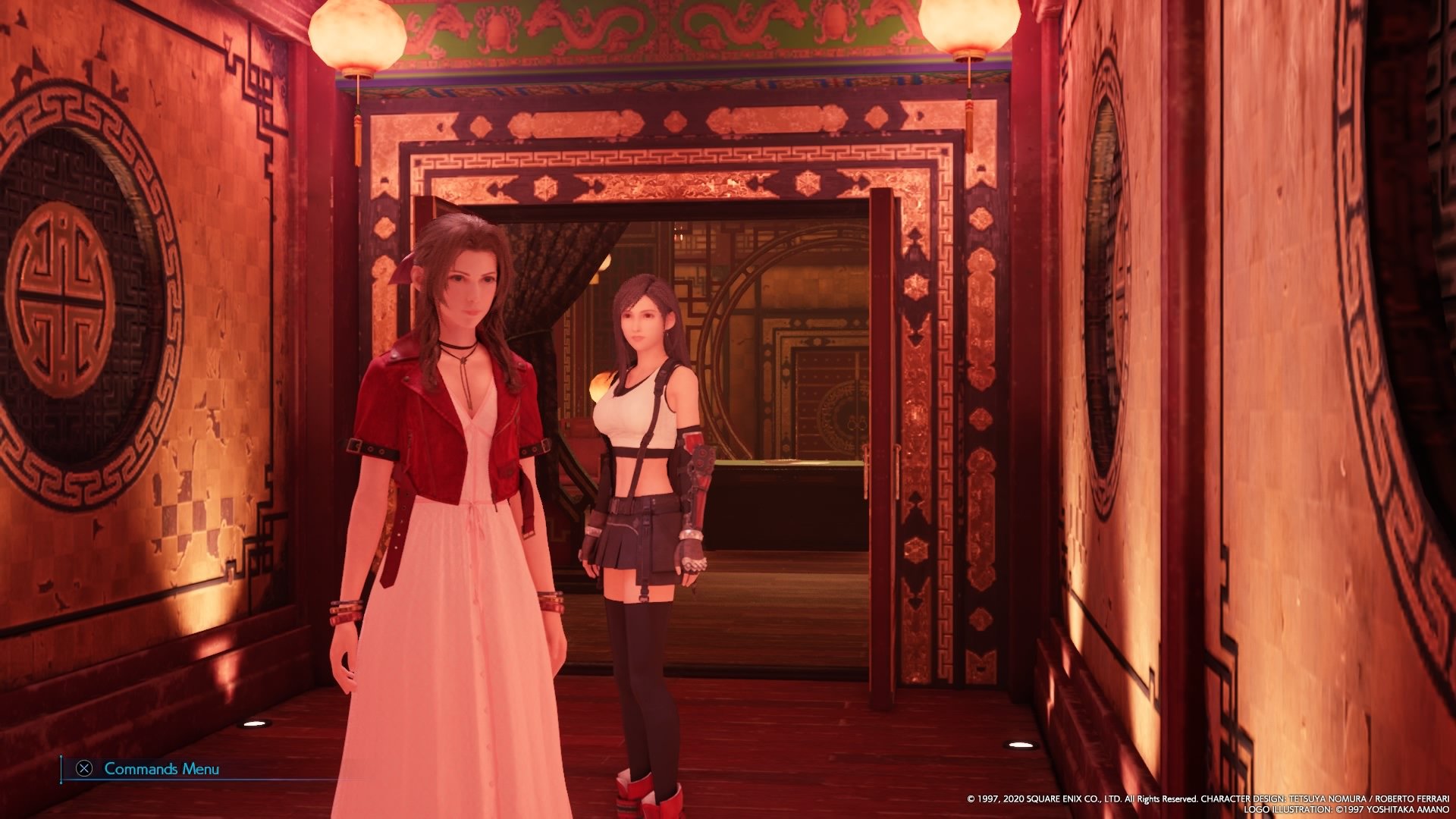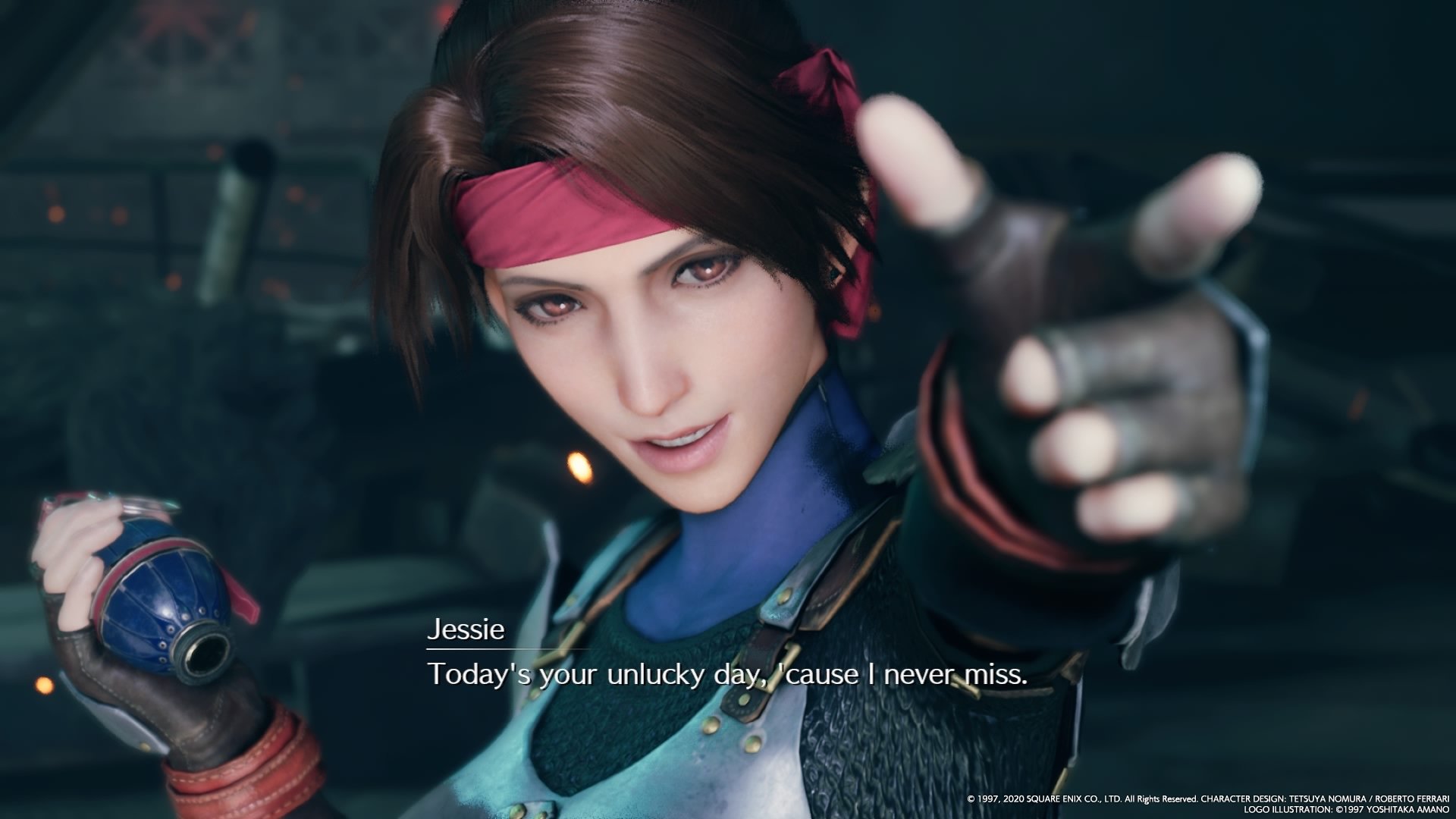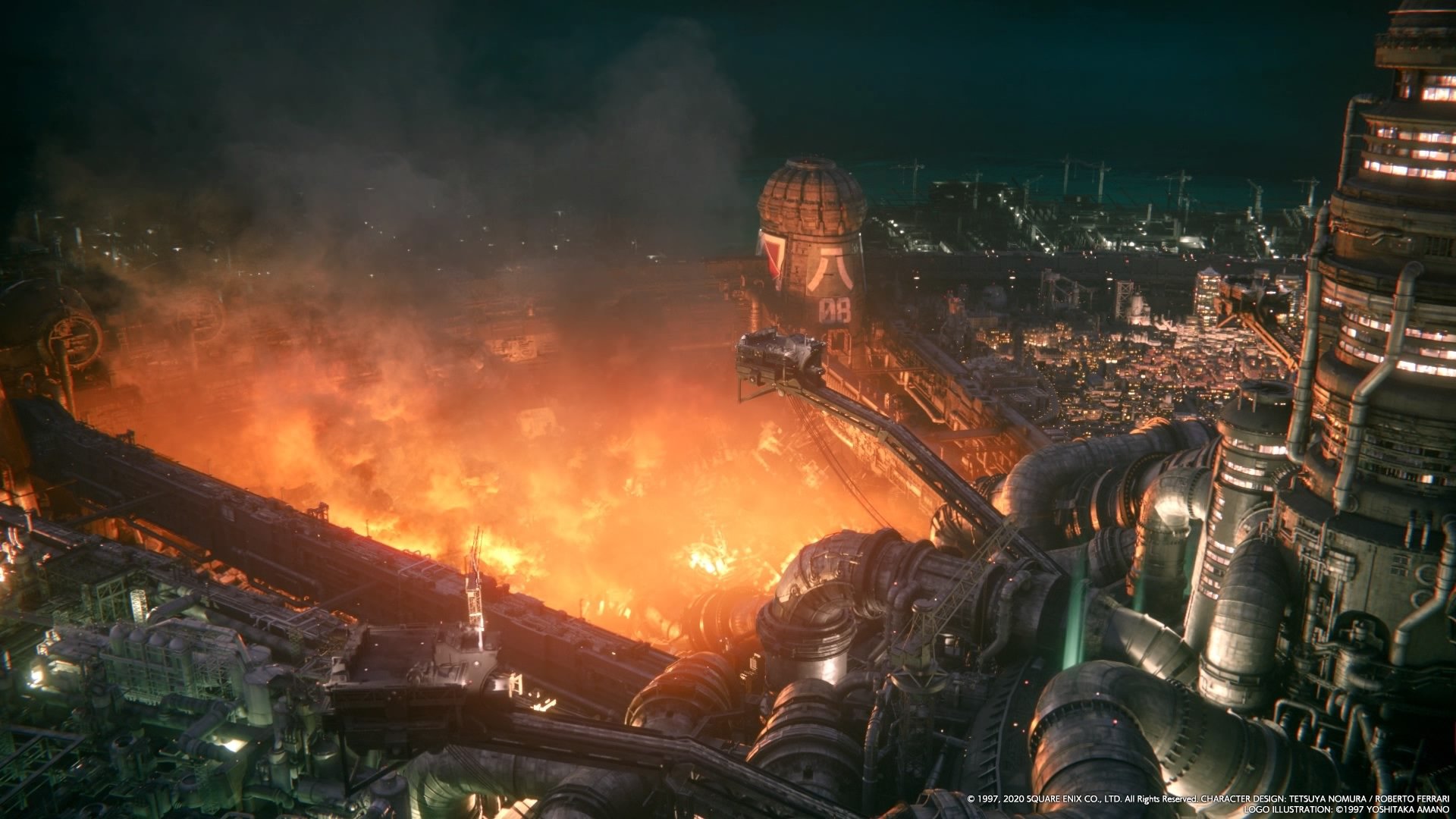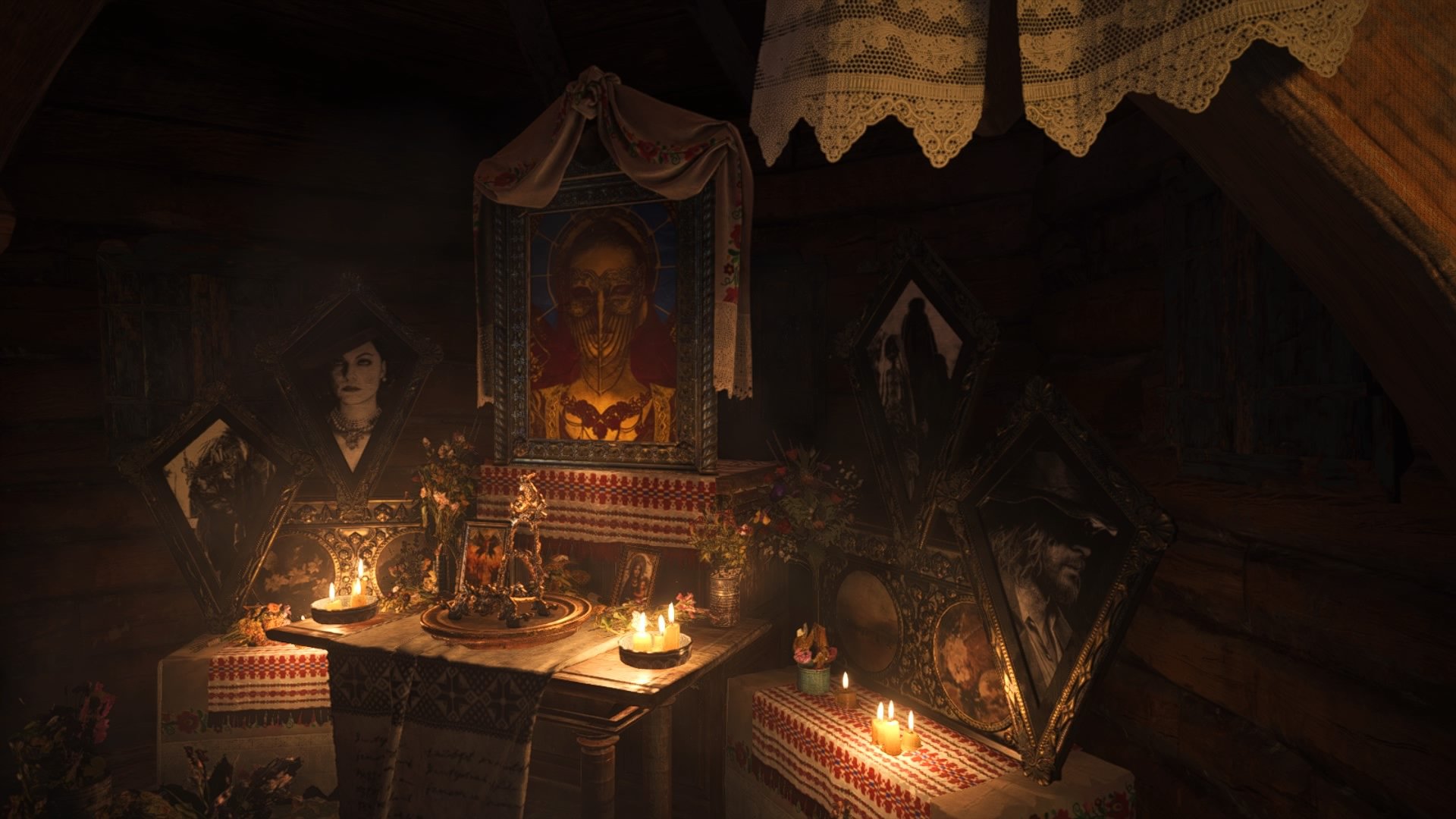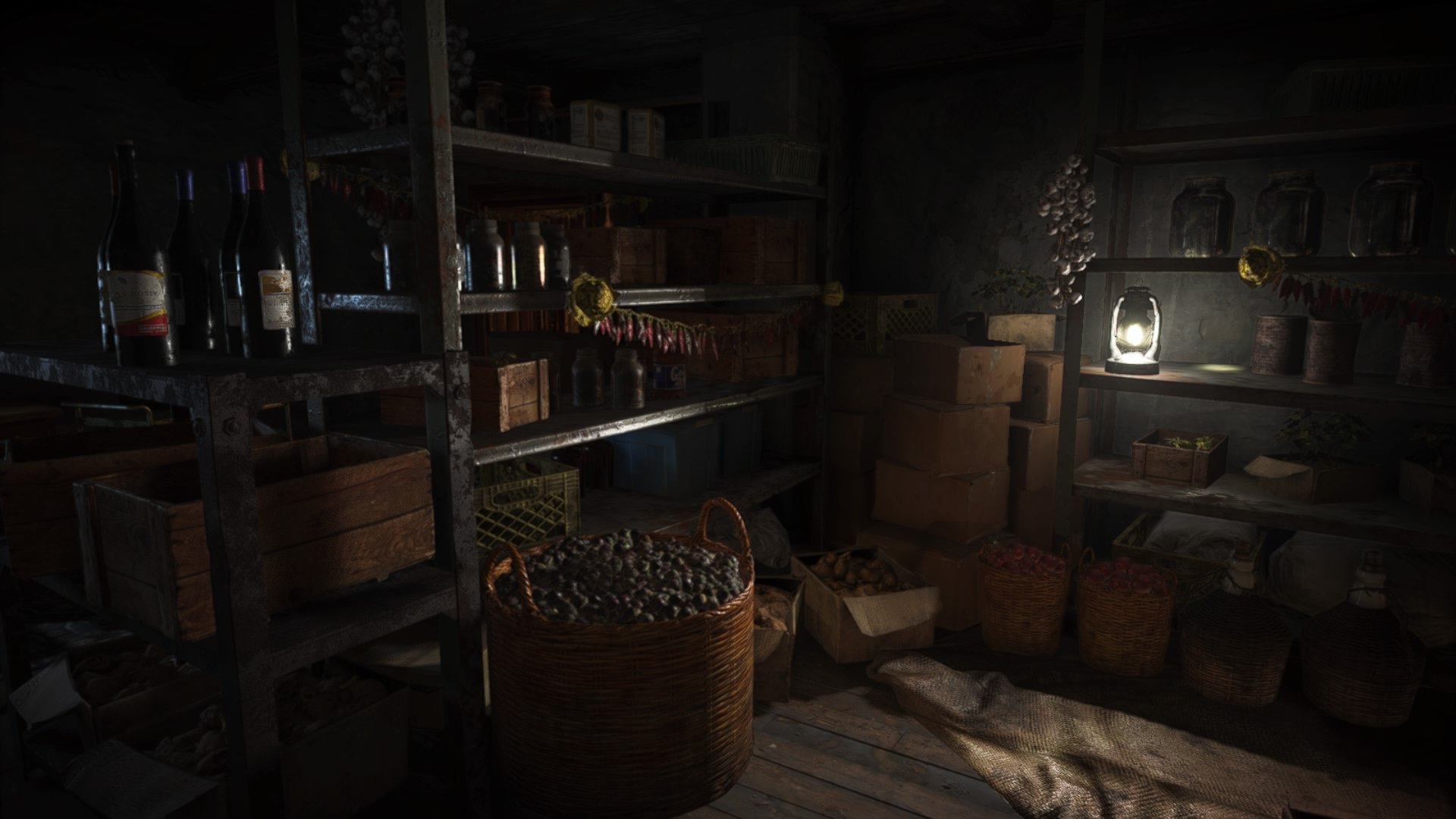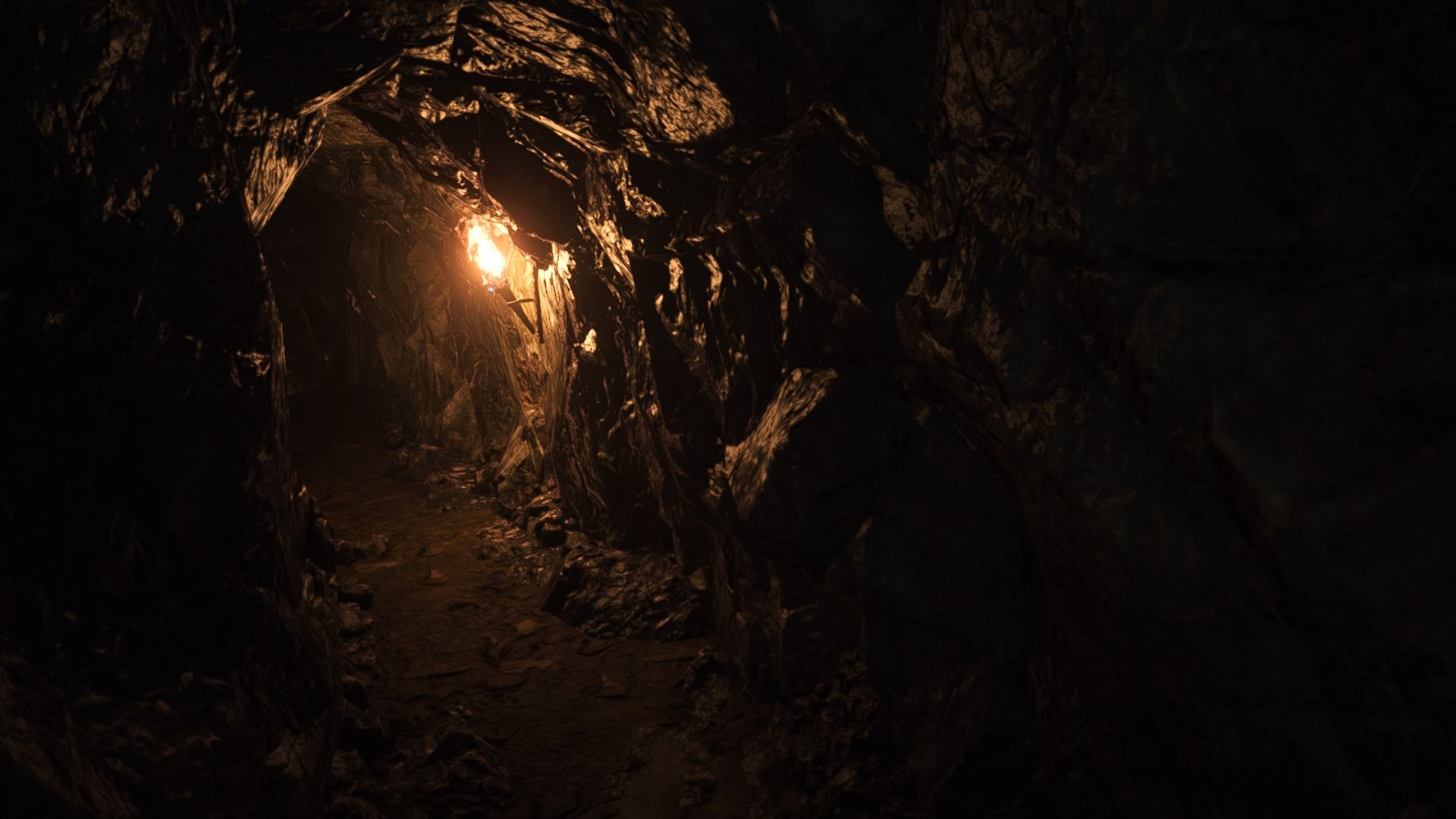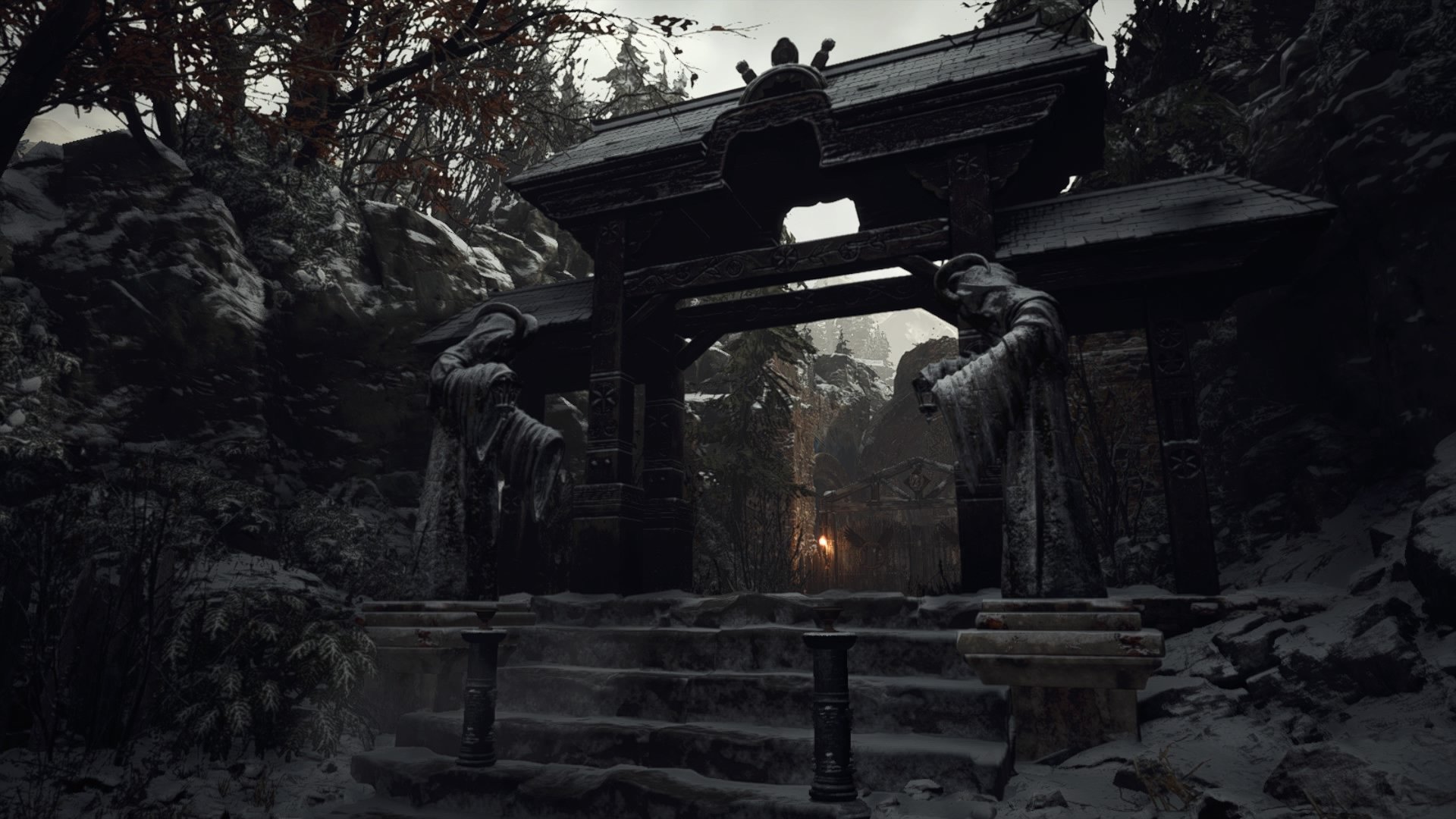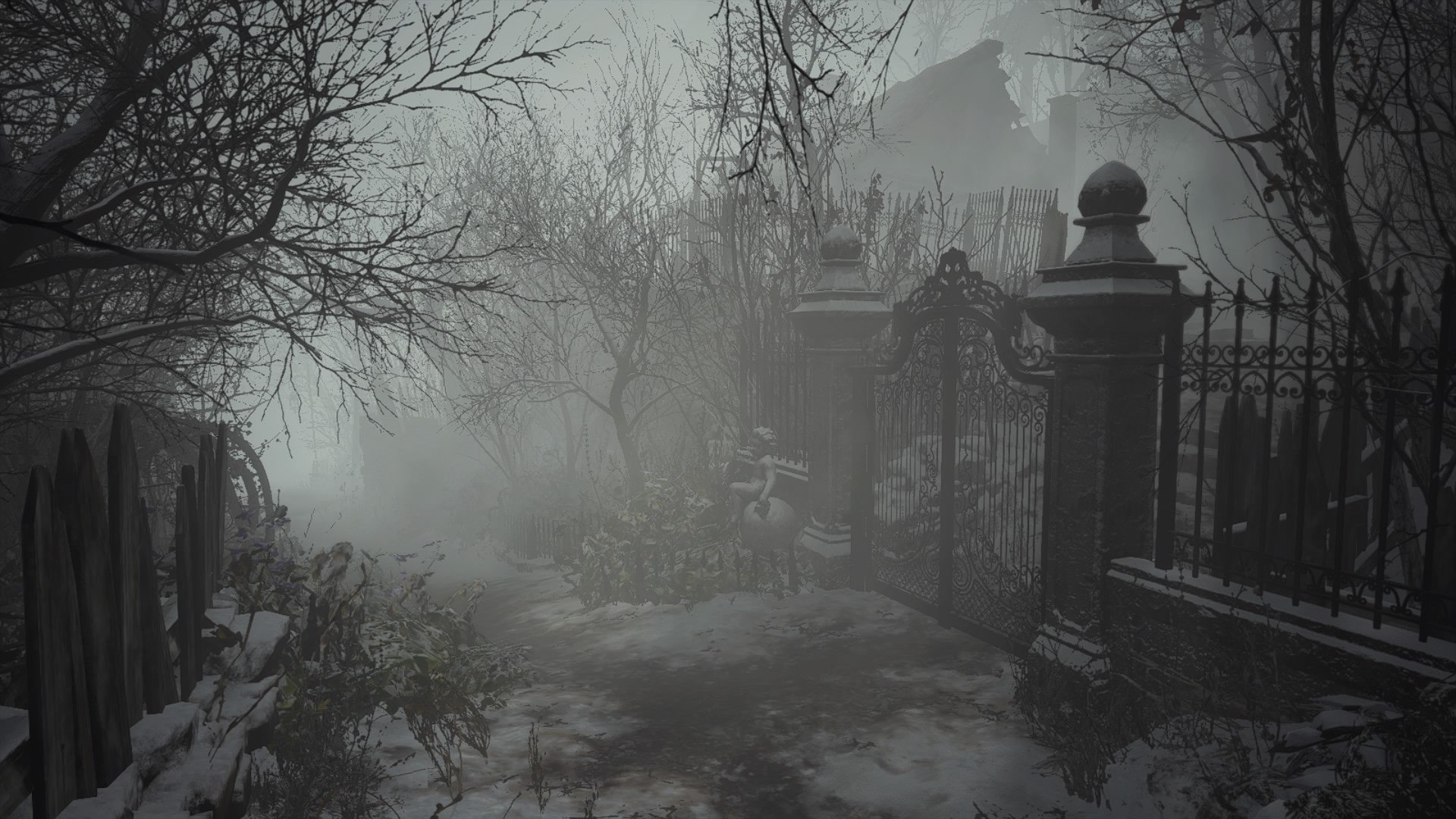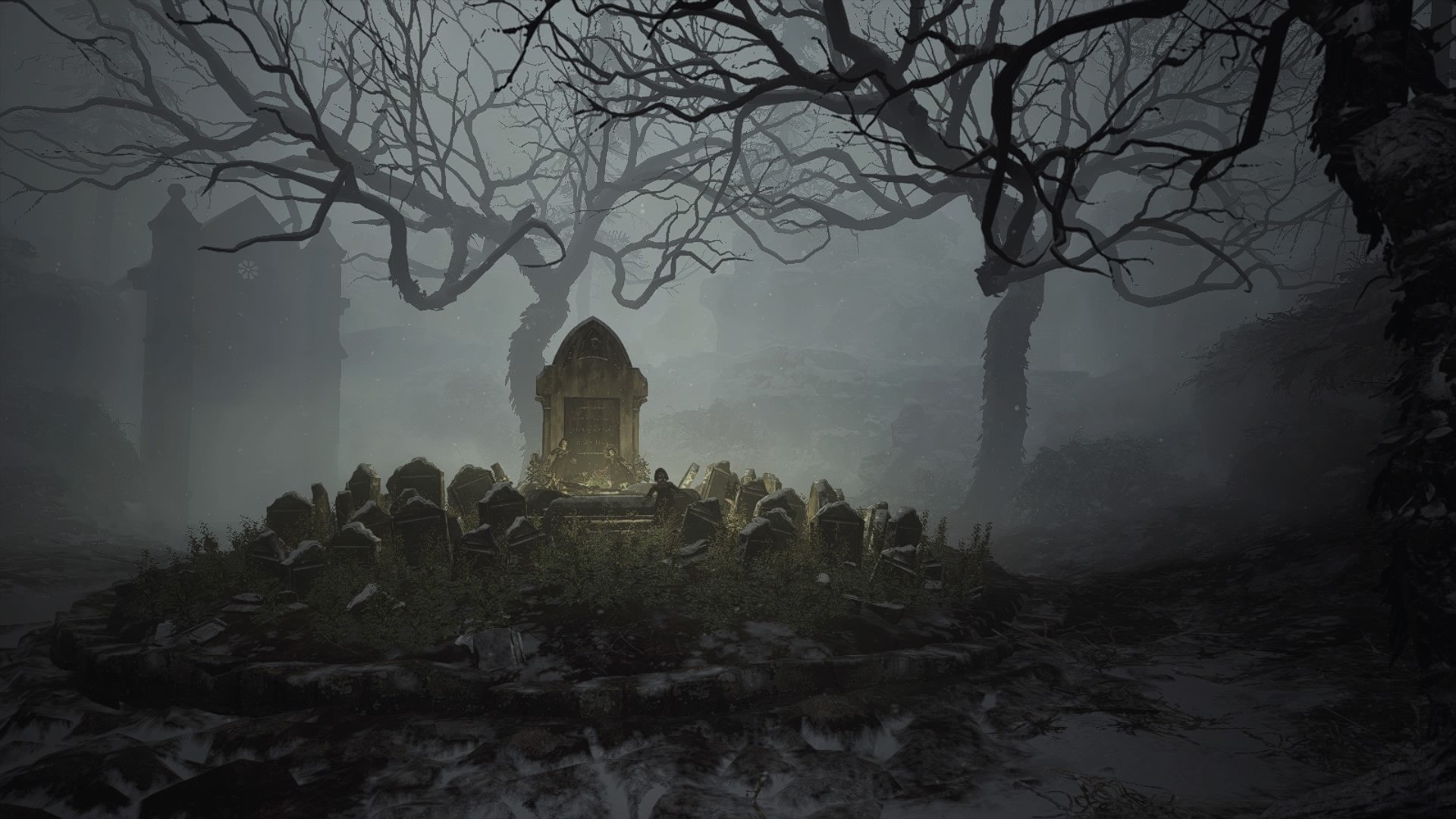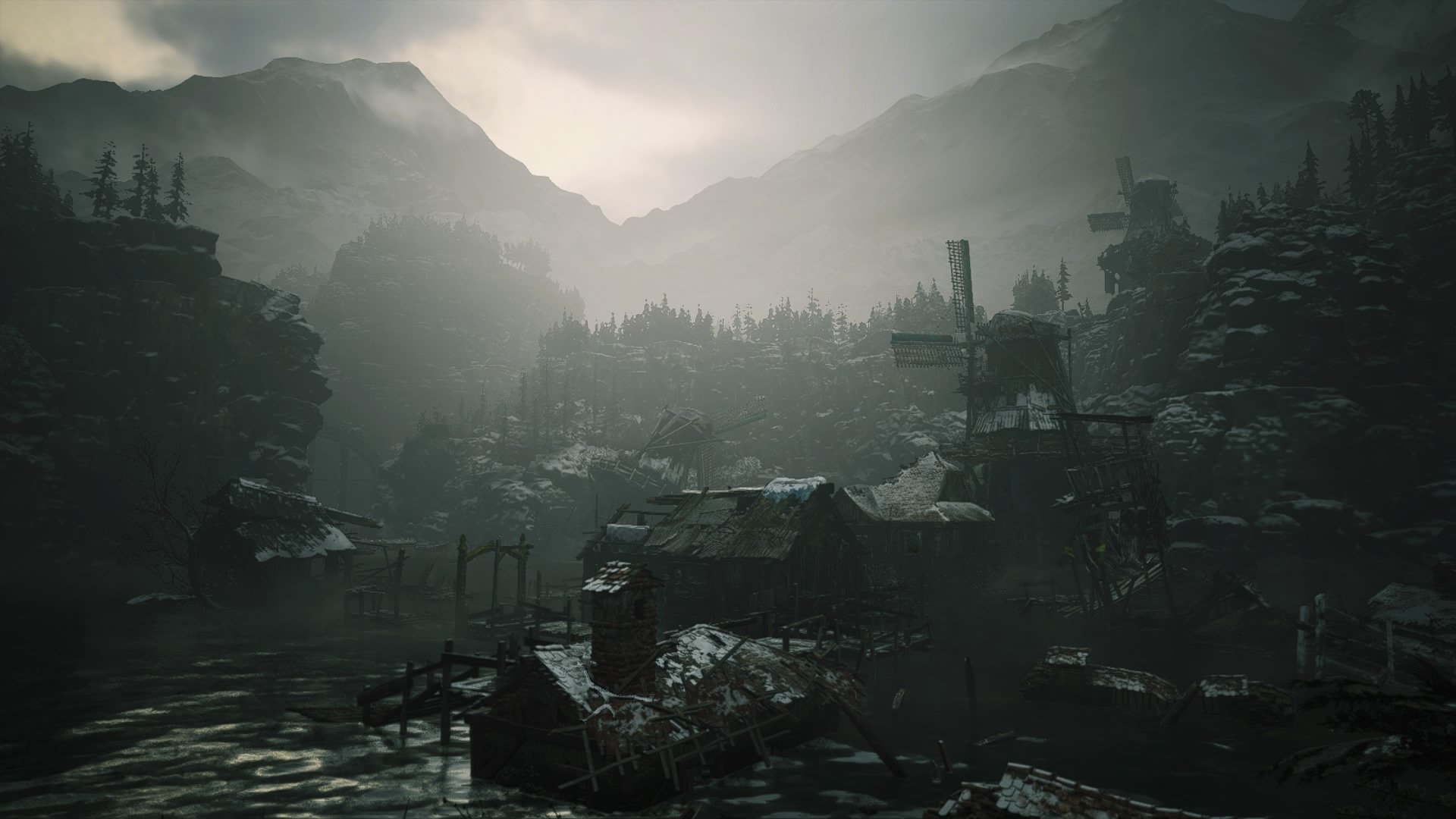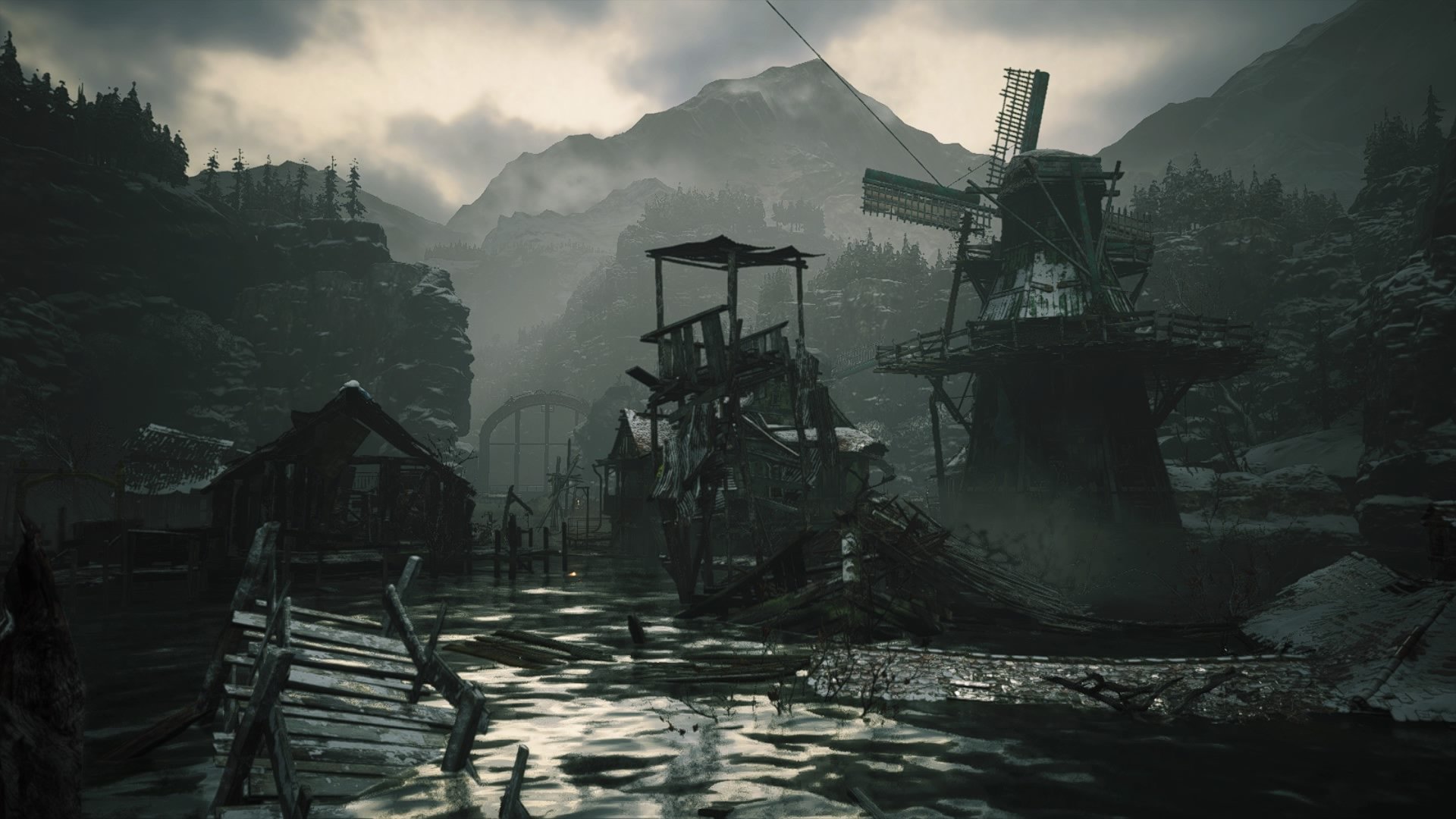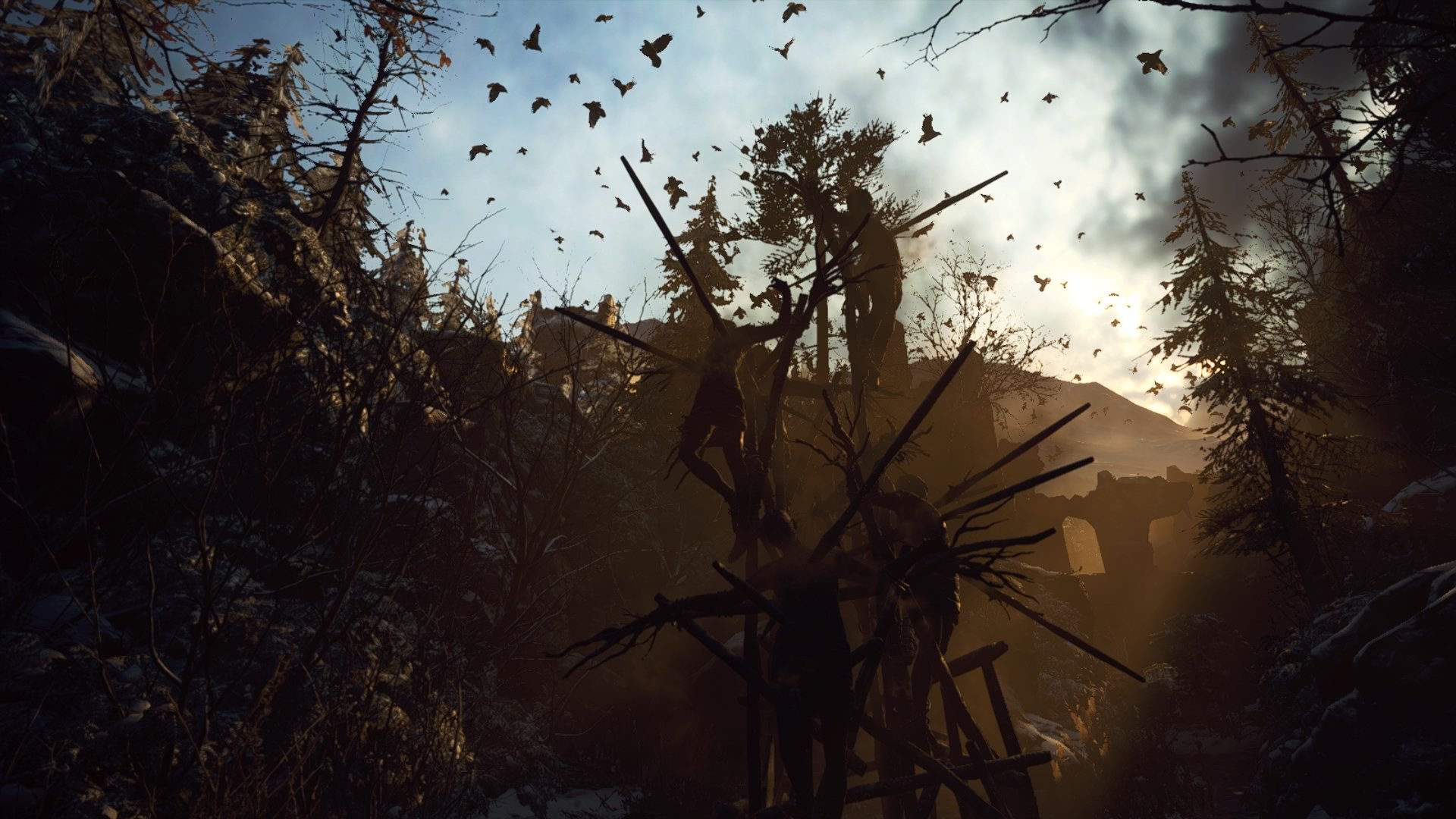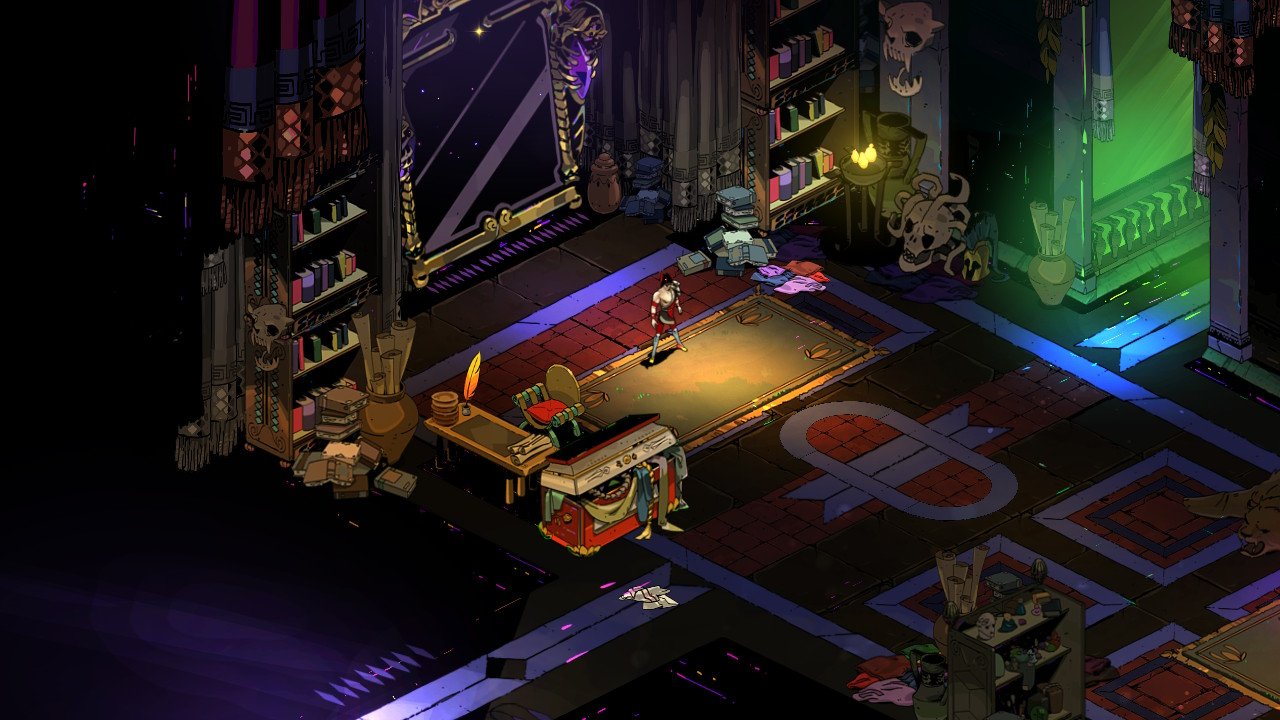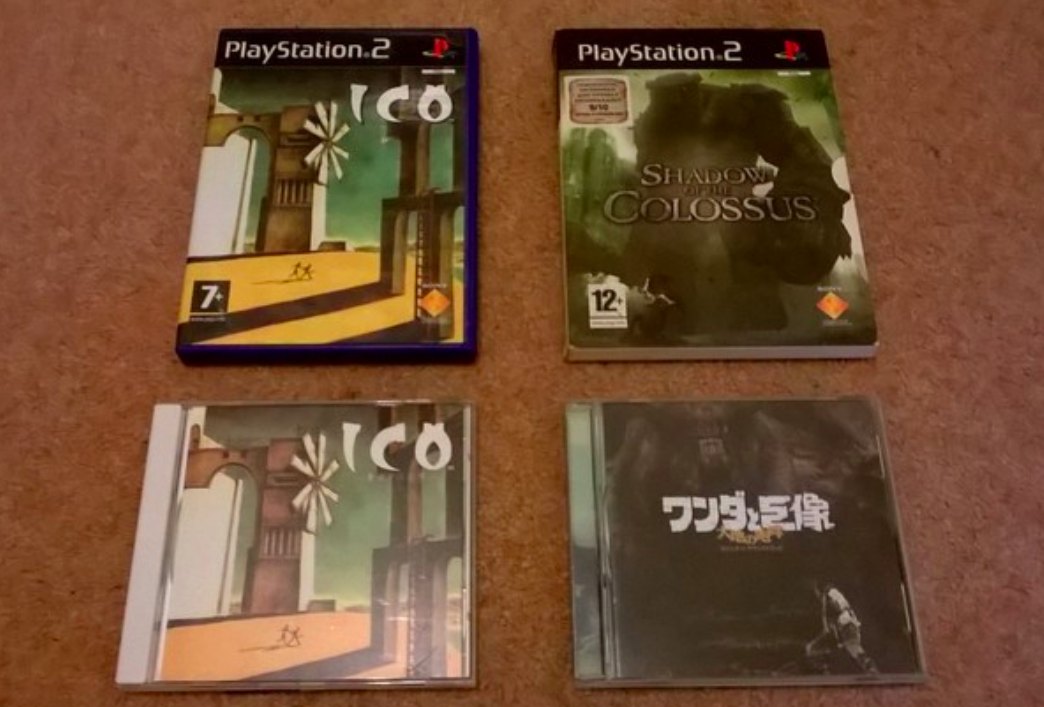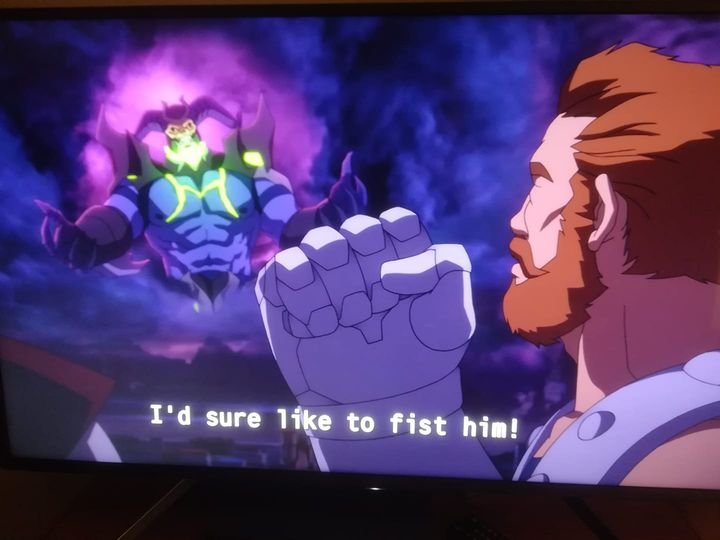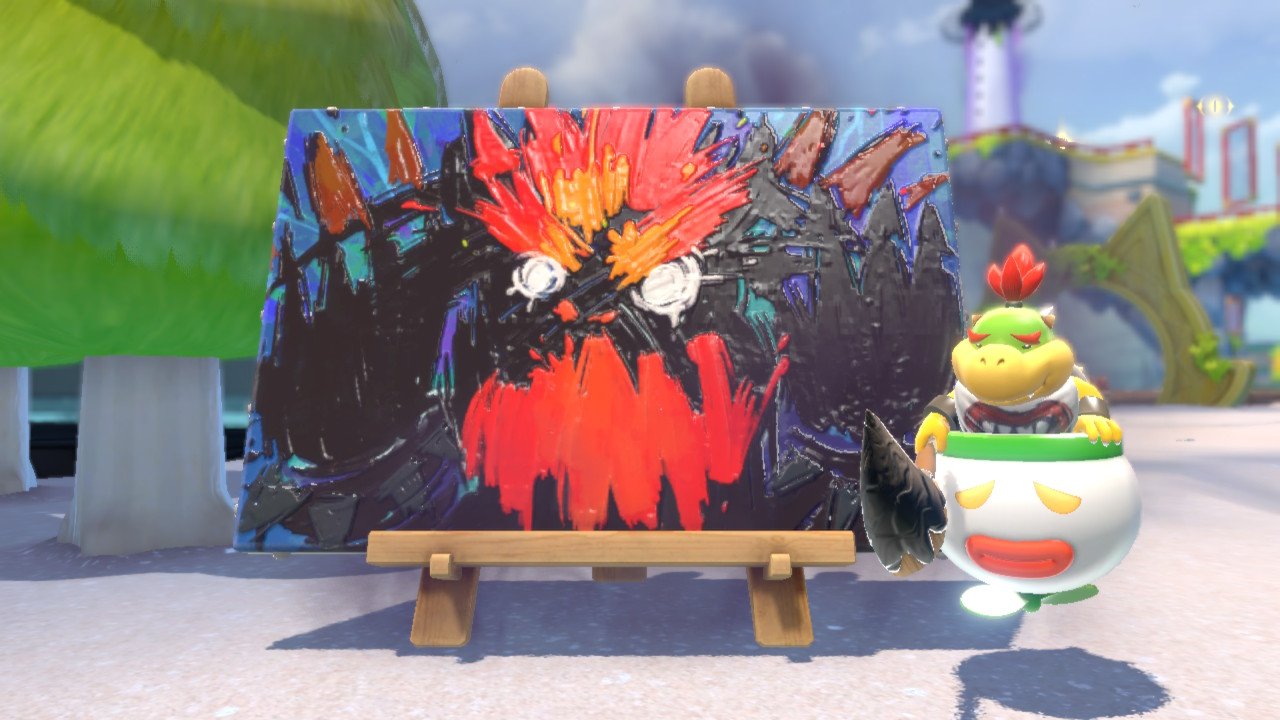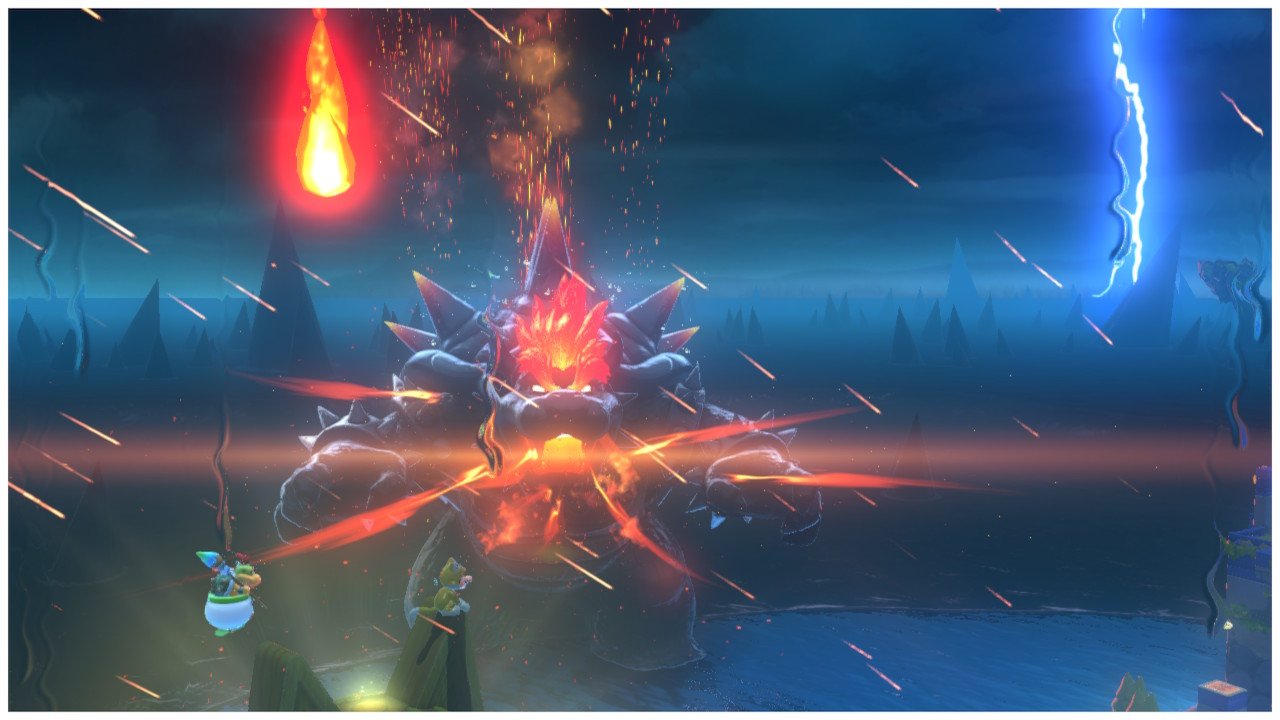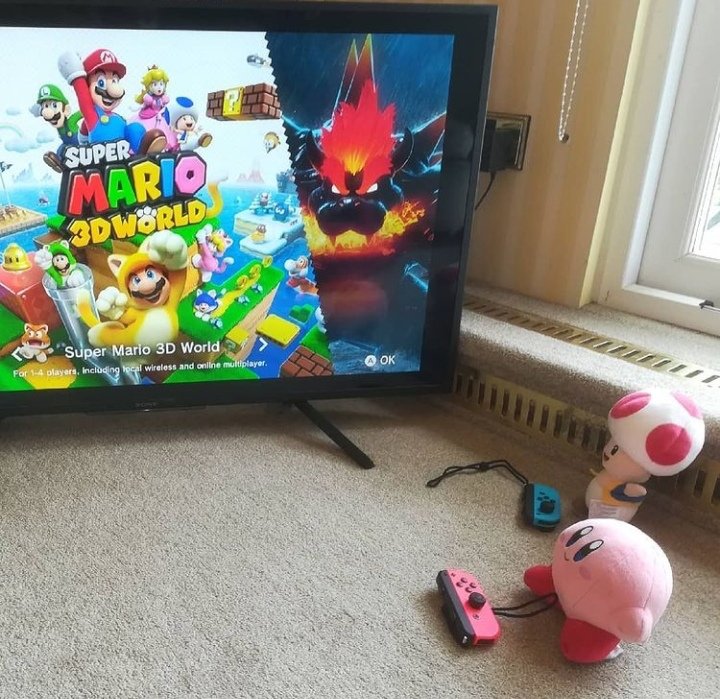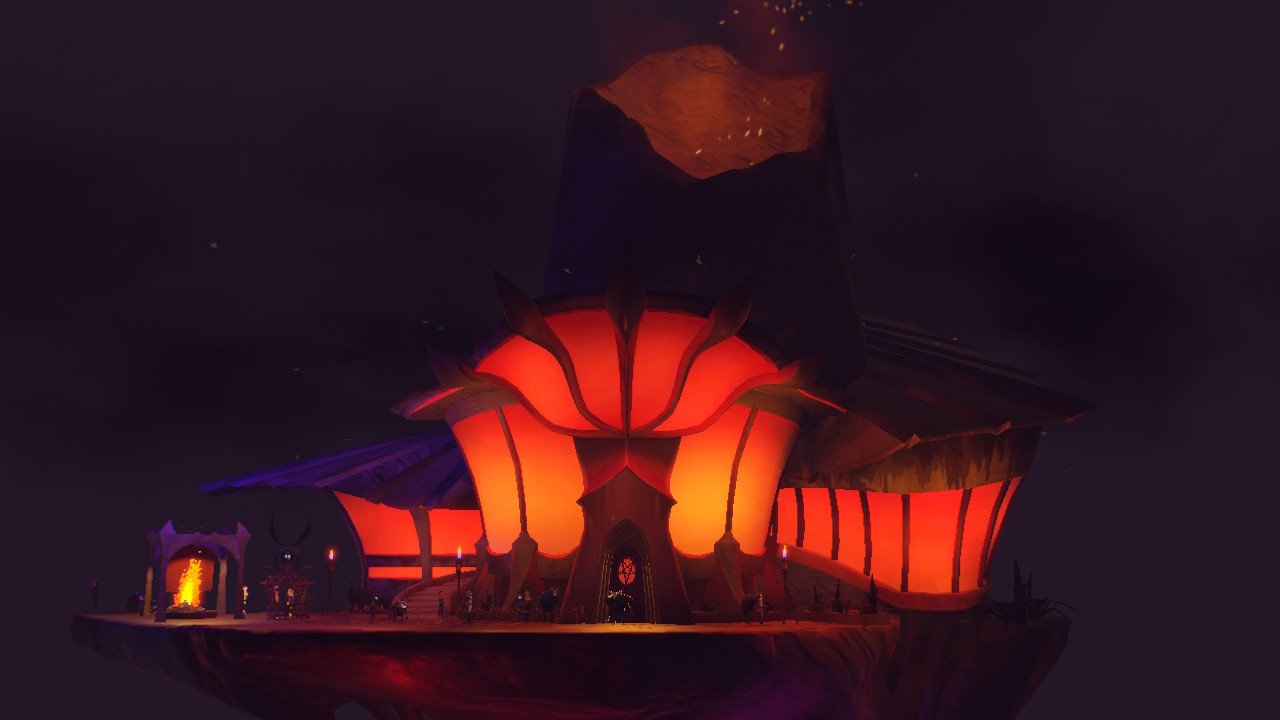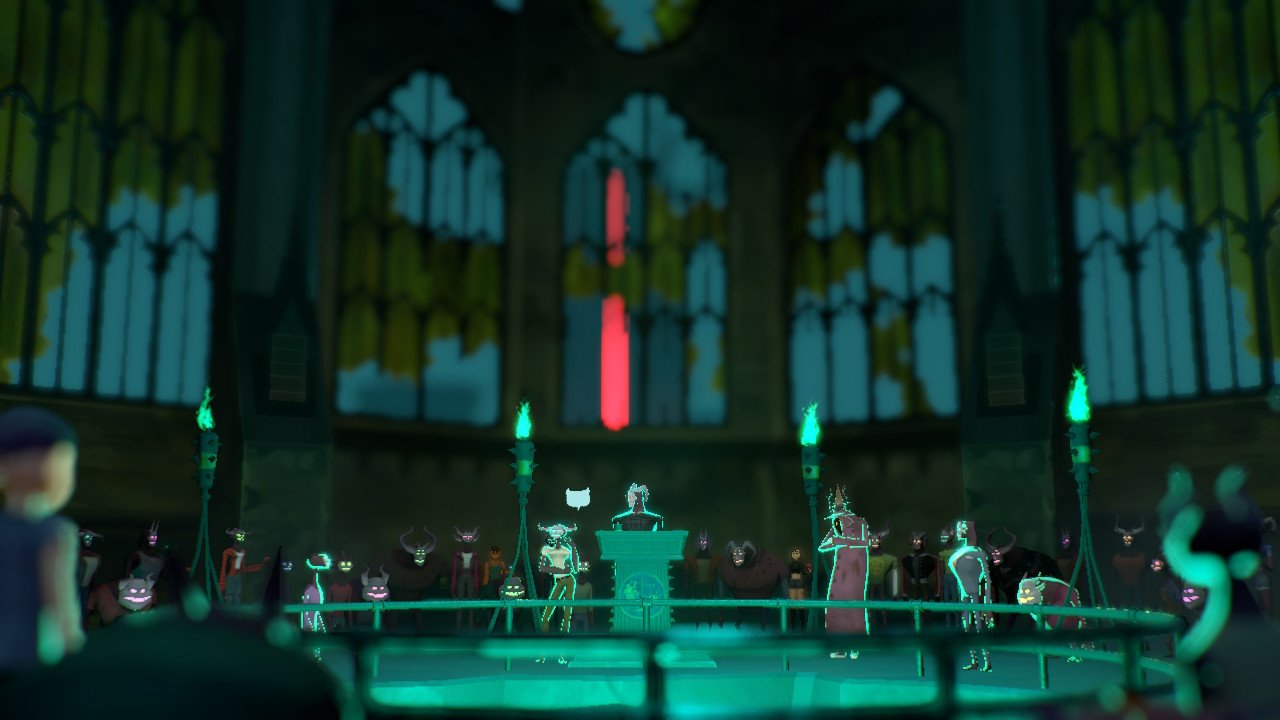I reviewed the graphic novel but this episode was a little different as Hilda and her mum get thrown out by an accident occurring in the Nissa No-where Space. They end up inside a mountain inhabited by trolls and must make their way out back to Trolberg. In another plot, The Trolberg Safety Patrol end up stranded outside the walls with David and Frida and must survive the night. Both plots complemented each other as they are about surviving against the odds in perilous circumstances. There are some pretty close calls and squeaky bum moments but it all ends up pretty well, until the final moments which set up the feature long movie where Hilda and the changling swap places with the changling now in Trollberg and Hilda stuck with the trolls in the mountains.
With Mountain King, released a year and a half after that season 2 cliffhanger, we finally get closure and the hopes of a satisfying conclusion. So how does it fare? Firstly, the hour and a half movie shows an uptick in production values and intensity with a Saul Bass style Hitchcock-ian opening credits. The animation has always been beautiful and the production value really high on the series but, for this feature-length movie, you can see they have paid extra attention to the fluidity and scope of the animation.
The story picks up with with Hilda stuck in the mountains. Her mum and friends go looking for her but the Trolberg Safety Patrol put the town into lockdown and go on the media charm offensive, even going so far as to go to schools and showing one of those cheesy infotainment films that were prevalent in the 70s and 80s. Frida and David don't put up with the propaganda that casts the trolls as blood-thirsty monsters and lead a children's rebellion. They lead a protest with classic chanting zingers including 'Ahlberg smells. Silence the bells' and 'We are on the side of peace and communication. The enemies of misinformation and fear'.
Meanwhile, the Trolberg Safety Patrol up the ante with a mobile bell ringing van and a sonic gun turns trolls into petrified stone. When the Mountain King is freed after Hilda fulfills a few errands for him in exchange for her humanity, Hilda and friends must work together with the other trolls to rectify the situation before an all-out war destroys both sides.
When Trolberg is attacked by the Mountain King and his acolytes, the town's people gather together to fight back. Will it be war?
I won't spoil it as the movie is a beautiful and meditative work. It is a very humanist piece as we understand how the trolls live and why they have gathered around Trolberg. We gain empathy and understanding to these much maligned creatures and through troll Hilda, who goes native, we understand the cruelty of the bells being placed on their noses and the impositions placed on them by the humans.
We also see that individuals can have collective power. The protests, supported by the teacher, makes me think of the current real world situation where the youth movements across the world are leading to change and holding those in power to account. Inversely, we also see how charismatic individuals can lie and manipulate the situation to get people to do what they want.
The film ends on a note of hope and there isn't a deus-ex machina to make everything okay, and I like that. Life is messy and things don't always reach a neat conclusion and the graphic novel series, animated series and movie shows that and respects its audience to understand that too. The final 8 minutes in particular are gorgeously emotive and the music heightens the mood, almost bringing a tear to my eye.
Hilda is aimed at slightly older kids, it is a PG after all, but it is excellent for older people too as the central story about facing the challenges the world throws at us and being kind and understanding in the face of it all is universal.
It’s a great time for animation at the moment but Hilda is on a whole different level for me, surpassing much higher profile animations such as Disenchantment, having more heart and earnestness that many of its contemporaries.
Hilda is a masterpiece of storytelling and animation and the movie encapsulates all that makes the Hilda-verse so special.
LINK- Scooby Doo: Mystery Incorporated Season 2 Review
LINK- Scooby Doo: Mystery Incorporated Season 1 Review
LINK- Gravity Falls Complete Series Review
LINK- Resident Evil 7 in VR is a Marvel
LINK- The Last Guardian: Video Game Review
LINK- Shadow of the Colossus- Book Review
LINK- Ms Marvel Can Change the World
LINK- The Rise of Retro Gaming During Covid
LINK- Blood, Sweat and Pixels- Book Review
LINK: Japan: My Journey to the East































